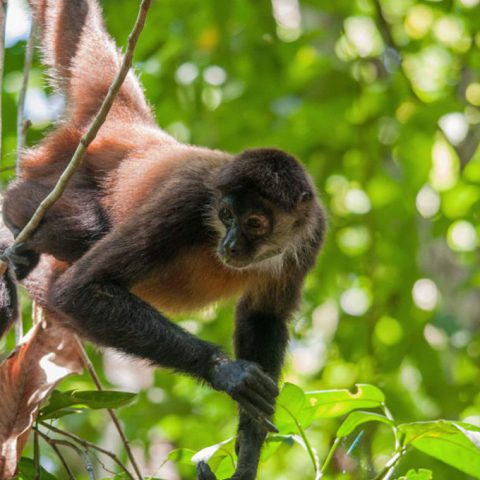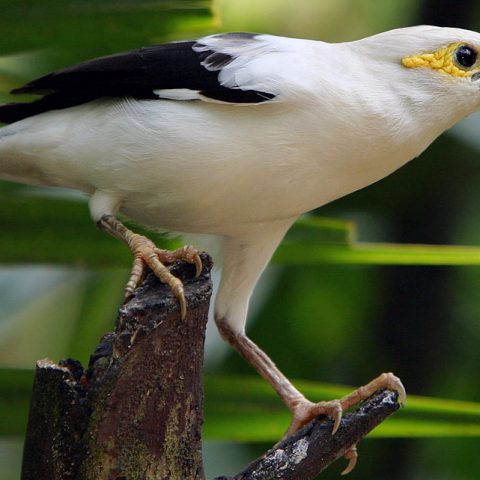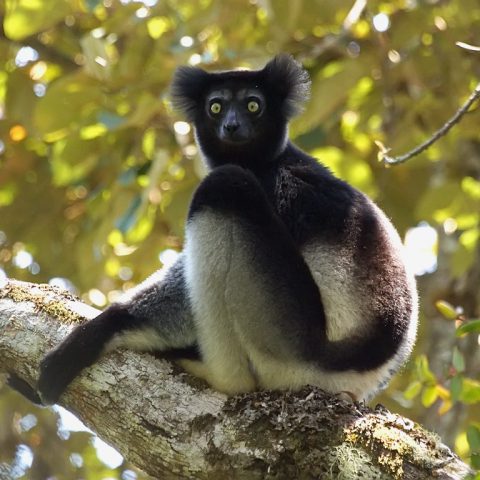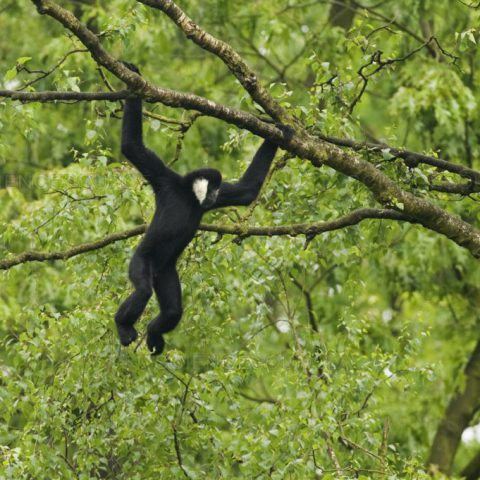Spotted Handfish
![]() Critically Endangered
Critically Endangered
Population
The rare spotted handfish population have declined rapidly and there is possibly less than 3,000 of this specific species left in the wild.
Size
The Spotted Handfish is a small fish. The adults are about 70 – 90mm and grow to about 143mm.
Weight
No weight measurement for the Spotted Handfish is available.
Countries
The Spotted Handfish is endemic to a small area in south eastern Tasmania, Australia.
Distribution
This species have a restricted distribution due to its unusual life cycle. The only known populations were spotted in the Derwent Estuary, Frederick Henry Bay, DÉntrecasteaux Channel and parts of Storm Bay.
Description
The Spotted Handfish has modified pelvic fins that looks like “hands”, hence the name Spotted Handfish. They are pinkish above and white below with darker orange, brown or blackish spots all over. The patterns of the spots are unique. Individual Spotted Handfish can be identified by looking at the pattern of the spots. The Handfish has a dorsal fin starting on the snout and a long based soft rayed dorsal fin. They have a long illicium on their snout.


Quick Facts
The female lay egg masses on vertical objects in the water such as stalked ascidians, seaweeds, grasses and sponges. Spawning usually occurs in September and October. The female guards the eggs and after 7 to 8 weeks fully formed juveniles hatch from the eggs and drop to the sand below. The juveniles are usually 6mm to 7mm long.
The Spotted Handfish rather “walk” on their pectoral and pelvic fins. They do not like to swim as they lack swim bladders, but they can swim or dart short distances when spooked. Spotted Handfish are ambush predators. They have a lure located just above the mouth to bait their prey. They use the lure in the courting ritual as well.
The Spotted Handfish eats small crustaceans, polychaete worms and small molluscs.
The Spotted Handfish is usually found on the sandy to silty sea beds in cool sheltered waters in small, localised populations. The adults are sedentary and do not move around very much. They are commonly found at a depth of around 5 – 10m.
The Spotted Handfish depends on a localised habitat. The greatest threats of the Spotted Handfish seem to be their small population, restricted distribution, habitat modification, heavy metal contamination and invasive species. Urbanisation and industrialisation introduced a huge number of marine pests in the estuaries due to shipping. Such a pest is the Northern Pacific Seastar – they eat the stalked ascidians used by the Handfish to attach their eggs. The egg mass is vulnerable to predators during the early stages and the increasing number of seastars and crabs is an ongoing risk for the Spotted Handfish.
Conservation Efforts
The species is listed as critically endangered on the IUCN Red List of Threatened Species as well as the ASFB Threatened Fishes Committee listings. They have full protection under fisheries legislation preventing anyone to collect them for aquariums. The communities are getting involved to clean up the estuary and artificial sticks have been developed and planted by CSIRO to encourage mating.
Volunteer programmes such as Reef Life Survey monitor the Spotted Handfish population. There is some hope that the Spotted Handfish can survive in the long term if water quality improve, invasive species are controlled and the artificial sticks for egg hatching prove to be successful.







